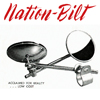In 1929 the New York Stock Exchange crashed and hard times came to everyone. But in 1931, Lady Luck (his biplane) took Gordon Willey to new heights. On a wing and a prayer, he went on to found Nation's Cycle Center in Maywood, Illinois in 1937 and a new era in motorcycle accessories was born.
Gordon, a tool and die expert, had but one goal: to build for American motorcyclists the best accessories for the machines they rode and loved.
The early years were quite a struggle, and after Dec. 7, 1941 the factory's output was devoted to war materiel, but Victory and the Post-War Boom meant good times ahead for Nation's Cycle Center.
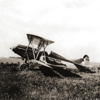
Photo of Nation’s Cycle Center founder Gordon Willey. circa 1975.
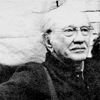
In the 1930s and 40s, motorcycle windshields became popular, especially on large touring bikes. Early screens were made from materials like butyrate (cellulose acetate butyrate) and DuPont’s Pyralin (cellulose nitrate). Both of these materials, however, were subject to chemical degradation from sun and weather, and these windshields quickly turned yellow and became flimsy. Wire frame stiffeners and PVC beaded edges were then added to extend the life of the average motorcycle windshield.
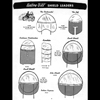
Nation’s Cycle Center was first on the market with accessory lights, like the “Little Firefly” shown here.
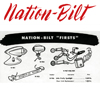
Another first for Nation’s Cycle Center was the Coneback Mirror, which became a model for motorcycle rearview mirrors for half a century.
